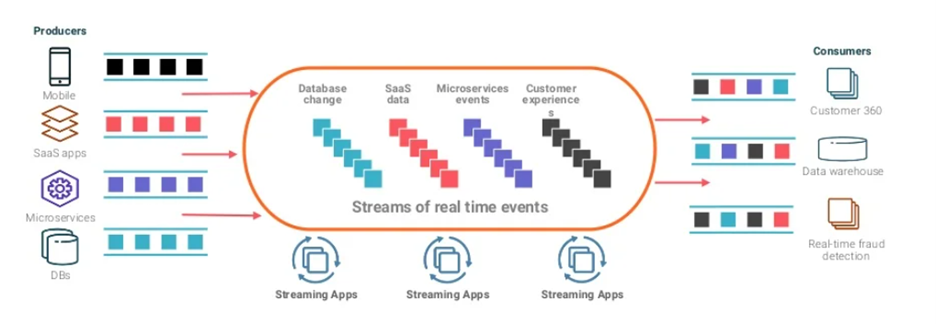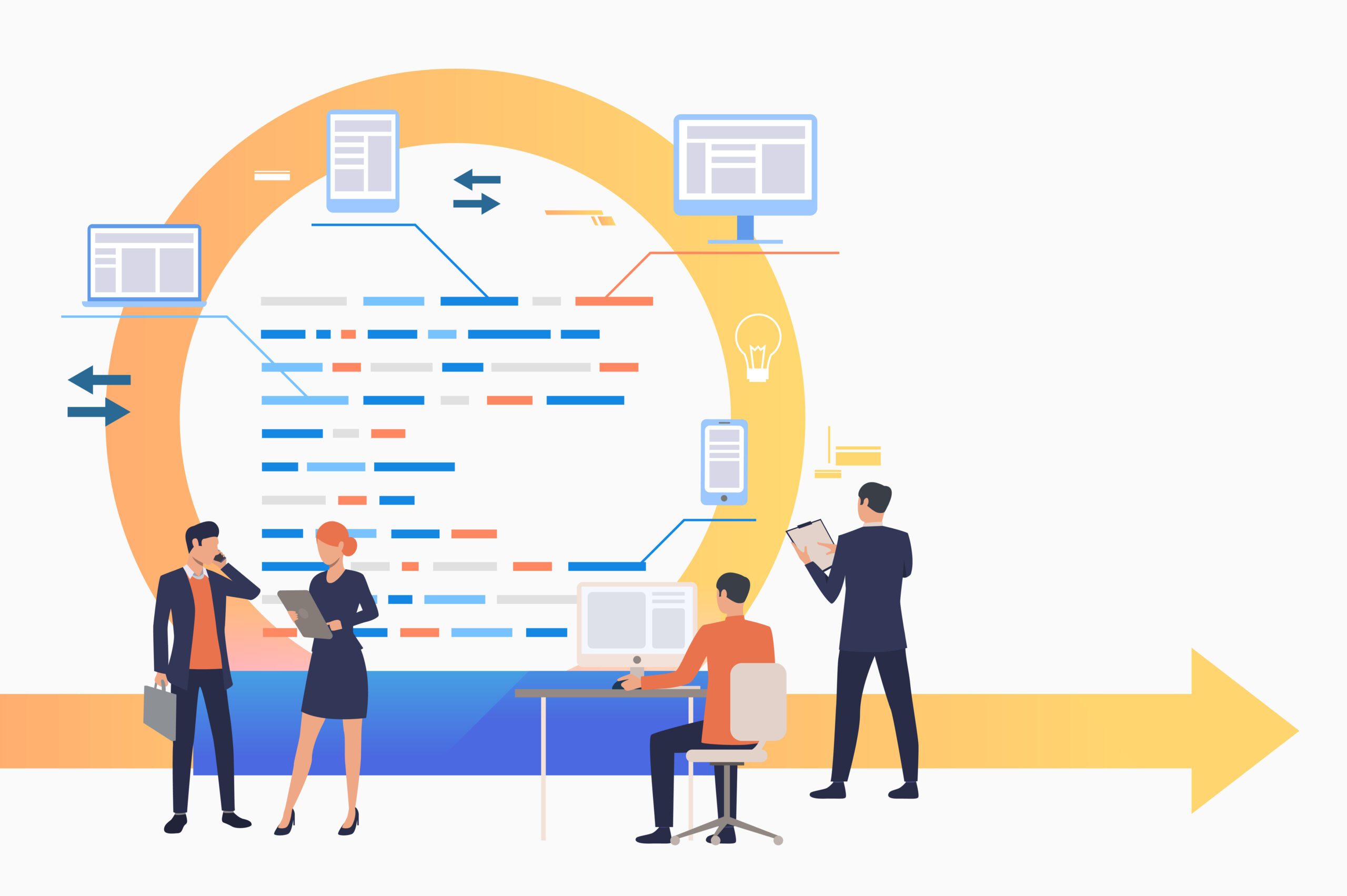Interoperability may be one of the most over-used words in healthcare. Everyone has their own definition of the term, and everyone says they do it. But when it comes to the role interoperability plays in care management, it’s important for health plans to understand the difference between a system that says they support interoperability and one that can prove it.
The Definition of Interoperability
The most basic definition of interoperability was recently updated by HIMSS, and it reads, “Interoperability is the ability of different information systems, devices and applications (systems) to access, exchange, integrate, and cooperatively use data in a coordinated manner, within and across organizational, regional, and national boundaries, to provide timely and seamless portability of information and optimize the health of individuals and populations globally.”
But what does it really mean to your organization and how can an interoperable care management platform help you better meet the care needs of your members and the cost effectiveness of your care plans?
Well, it all comes down to being able to access and use important clinical and care plan data across your enterprise, including third-party systems that support your core care management system.
When done right, true care management interoperability means care managers can get access to up-to-the-minute claims data, clinical guidelines, benefit information, and more to help them have more focused conversations with members and construct care plans that can address an individual member’s healthcare needs more directly. It also means claims administration and payment processing teams can access real-time clinical data, which helps them improve the accuracy of the claim, develop more effective benefit packages, and enable better relationships with providers and members.
The Benefits of an Interoperable Care Management System
For health plans using modern systems, like GuidingCare®, the benefits of being able to seamlessly exchange information can be substantial, including:
- Access to more actionable data that can give better insights for smarter business decisions about member populations, market expansion, and cost containment.
- Freedom from having to use one care management system to do everything because the data is locked inside that one system. Data is free to flow between applications, vendors, lines of business, functional areas of the business, and even care settings.
- Care managers can make more informed decisions about their member populations, which results in better patient outcomes and lower utilization management costs.
How do you Know if Your Care System is Truly Interoperable?
It’s not just what vendors say, it’s all about what they are doing today. If you have a highly interoperable care management system, the following real-world scenarios are highly possible. These are scenarios that current GuidingCare customers have reported to HealthEdge:
- Claims data from multiple core administration systems inform care managers when putting together the proper care plan for a member in GuidingCare. Indicators such as repeat provider visits, lack of medication adherence, and missed encounters can be seen directly in the care management interface, enabling care managers to easily create the most effective care plans.
- Care managers get a 360-degree view of members enabled by HealthRules® Payor and GuidingCare working together to capture and present a more complete view of the member’s most recent history. This eliminates what would otherwise be the manual process of searching through claims data to piece together the pertinent longitudinal view of the patient’s history.
- Nurses eliminate manual data entry in GuidingCare because member-specific information automatically populates the system data and insights, such as prior authorizations, from HealthRules Payor.
Interoperability is important across virtually all systems that health plans depend on, but it is particularly important in care management since there are literally hundreds of applications health plans can use to optimize member outcomes and reduce costs. That’s why GuidingCare takes a multi-faceted approach to interoperability that includes an integration and API Suite as well as productized integrations with other vendors in its broad partner ecosystem.
To learn more about GuidingCare’s interoperability strategy, download our recent white paper, Transforming Healthcare: The Role of Open and Flexible Care Management Systems.







